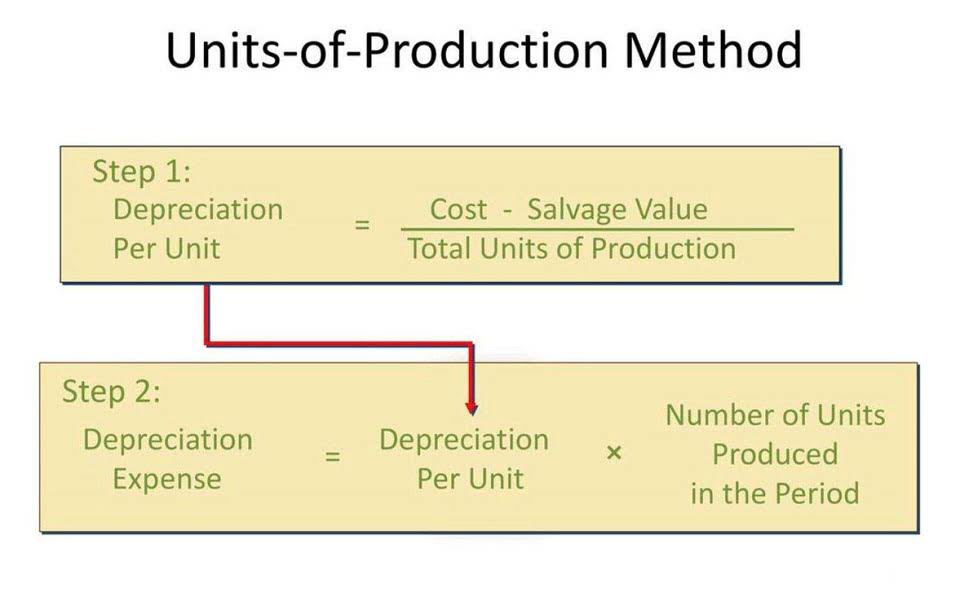
This not only has financial benefits but improves your environmental standing too (as you will produce less waste if you only have the materials you need). By having less produce in the warehouse at any given time, fewer storage costs are incurred, and your facility is far more organised as a result. There are some well-known stock control strategies (such as lean manufacturing) that can be utilised to achieve these outcomes.
- This means that the value of your inventory is divided by the quantity in stock every time a new purchase is made — your inventory value and actual production costs are continuously and accurately calculated.
- This is because when there is less waste, there are fewer opportunities for defects to occur.
- Manufacturing overhead does not include wages for administration, sales, marketing, office rent, and other staff salaries.
- This captures your planned costs and allows you to view those planned costs against your actual costs in real time.
- When figuring out direct material costs, it’s important to distinguish between direct and indirect.
- So, multiply the manufacturing cost per unit by the number of units produced to get the total manufacturing costs in this problem.
- Both of these figures are used by manufacturers to evaluate the total costs of running their business.
By calculating and analyzing these costs, businesses can gain a competitive edge, enhance profitability, and ensure sustained success in today’s dynamic market environment. Direct manufacturing costs are the costs of labor and materials that businesses use to create a product. Examples of these direct costs would be the laborers that make the product and the materials like fabric that factory workers would use to create a blanket.
#4. Calculate the total manufacturing cost.
Don’t add in accounting and human resources staff salaries, for example. For an employee’s wages to count as direct labor, he or she must total manufacturing cost formula be working hands-on in the manufacturing process. Therefore, sometimes costs are called conditionally variable and conditionally fixed.

Total Manufacturing Cost is an essential metric for understanding the productivity and profitability of a business. Among other things, it can be used to adjust the selling price of your products and to identify and cut unnecessary expenses. To optimize manufacturing costs, businesses should prioritize cost optimization and efficiency. This involves constant monitoring, adjusting to changing market conditions and business needs, and seeking ways to reduce costs while maintaining quality. When executing a manufacturing order, Viindoo software enables you to record the actual quantity of consumed materials.
Company
Article by Melanie Chan in collaboration with our team of Unleashed Software inventory and business specialists. Melanie has been writing about inventory management for the past three years. When not writing about inventory management, you can find her eating her way through Auckland.

This means each employee whose work can be directly traced back to the creation of the final product. Direct labor costs are those costs related to the workers who are physically involved in producing the finished product. These workers are responsible for converting the raw materials into the finished goods.
What Is Manufacturing Cost?
So now that you know what the total manufacturing cost is, how it differs from production costs, and how to use its formula to calculate the manufacturing cost, what about producing and selling your products? A tale in which we have looked into and answered, along with a ton of other things scaling manufacturers need to know. Direct labor is the labor done by employees responsible for the hands-on work that goes into manufacturing the products.
- Timesheets can help manufacturers streamline their payroll with a secure process that includes locking timesheets once submitted to managers, who can review and route them to payroll.
- During this time, $5,000 in stock is added to the raw material inventory.
- Answering these questions is the starting point to improving your manufacturing efficiency.
- These calculations are only possible by maintaining detailed financial records on each variable.
- It can be used to adjust the selling price of your products, identify and cut expenses, and calculate other key metrics like the Cost of Goods Manufactured.
As a result, it’s a good idea to know how to use the total manufacturing cost formula. Indirect production costs are expenses not directly tied to a specific product, like rent, utilities, and equipment maintenance. These costs can be calculated by summing up all overhead expenses related to the manufacturing process. For instance, in an automotive factory, indirect costs might include facility upkeep and production line maintenance costs. Manufacturing Overhead Cost includes all indirect expenses related to the manufacturing process. These costs are not directly traceable to individual products but are incurred to support overall production operations.
Taking a look at the total manufacturing cost is insightful for making your manufacturing company more cost-effective. While it is predominantly an accounting term, its utility can go far beyond balancing the books. Namely, TMC can shed light on areas in the production process that need optimization. The Cost of Goods Sold or COGS is the cost of only the finished products that were sold during a given period. It’s one of the most important rows on the income statement and enables finding a company’s gross profit by deducting its value from revenue.
